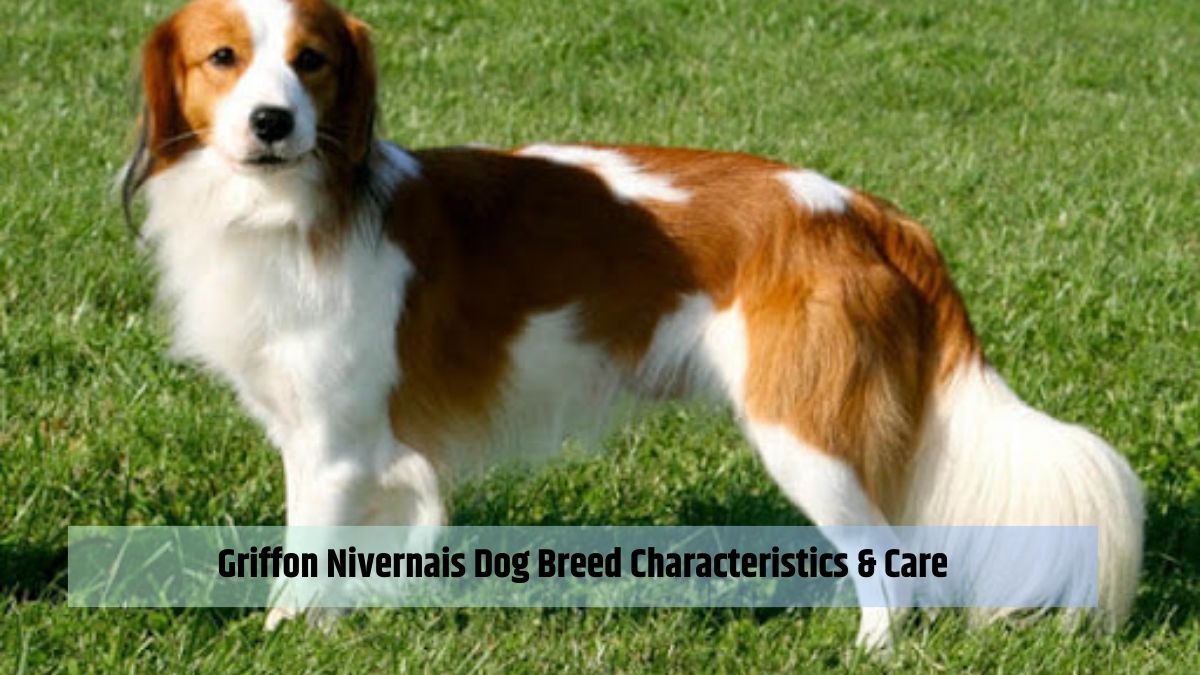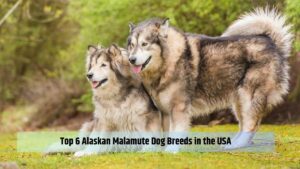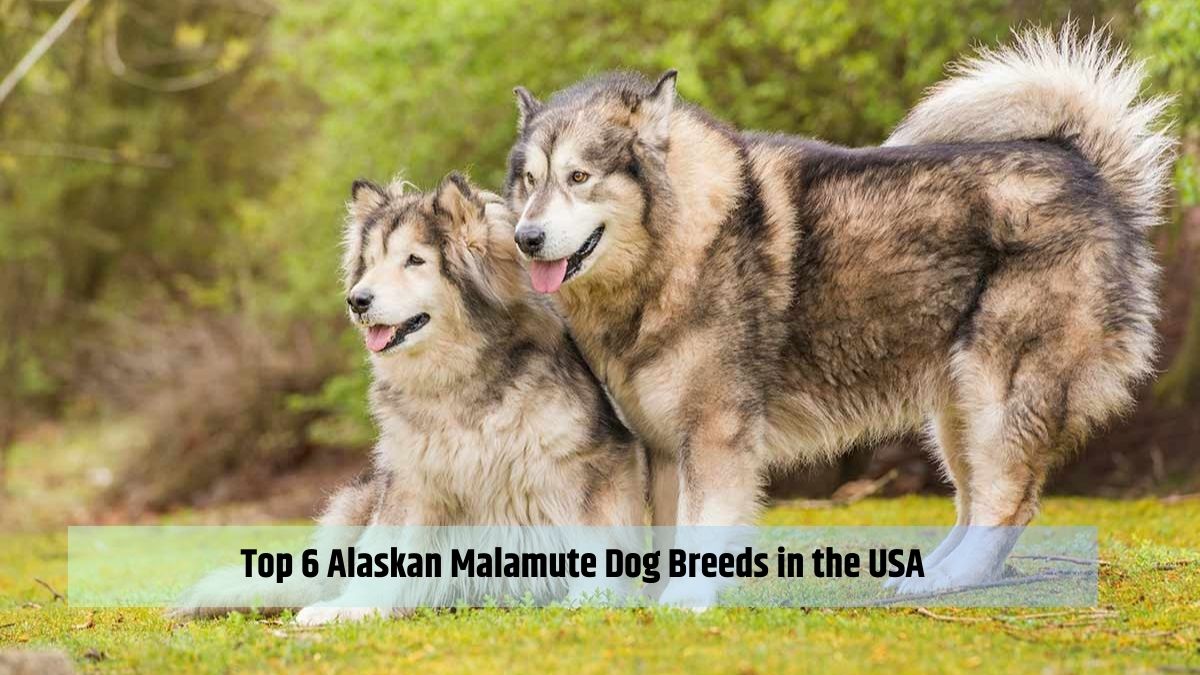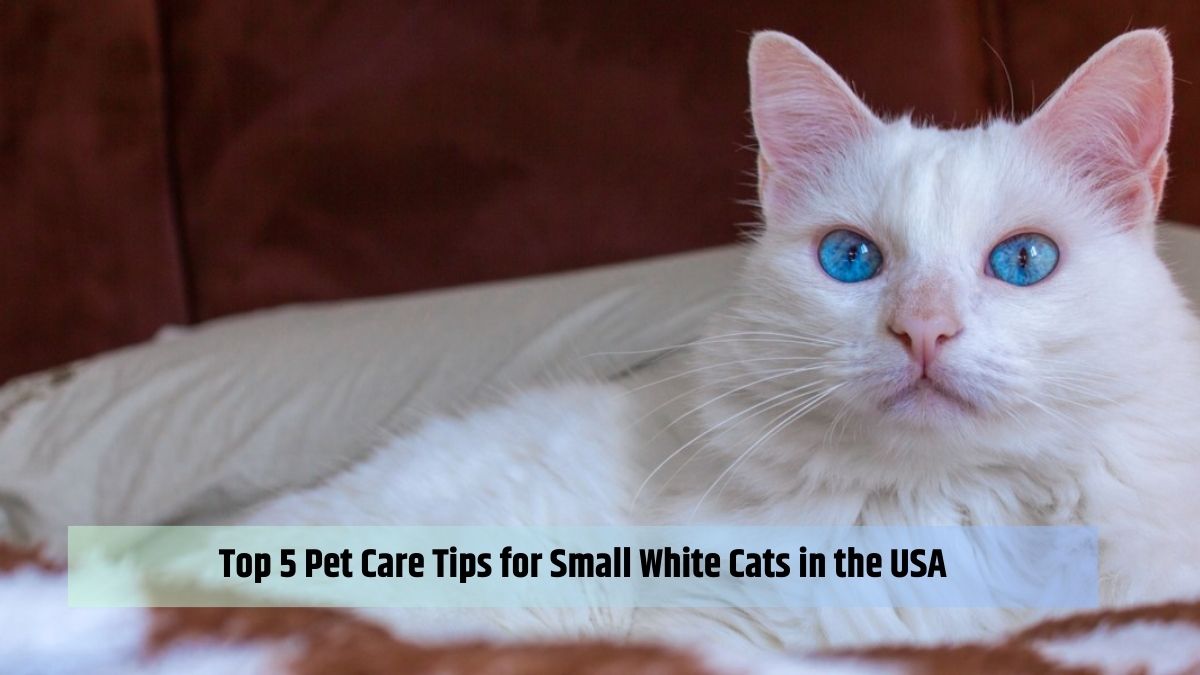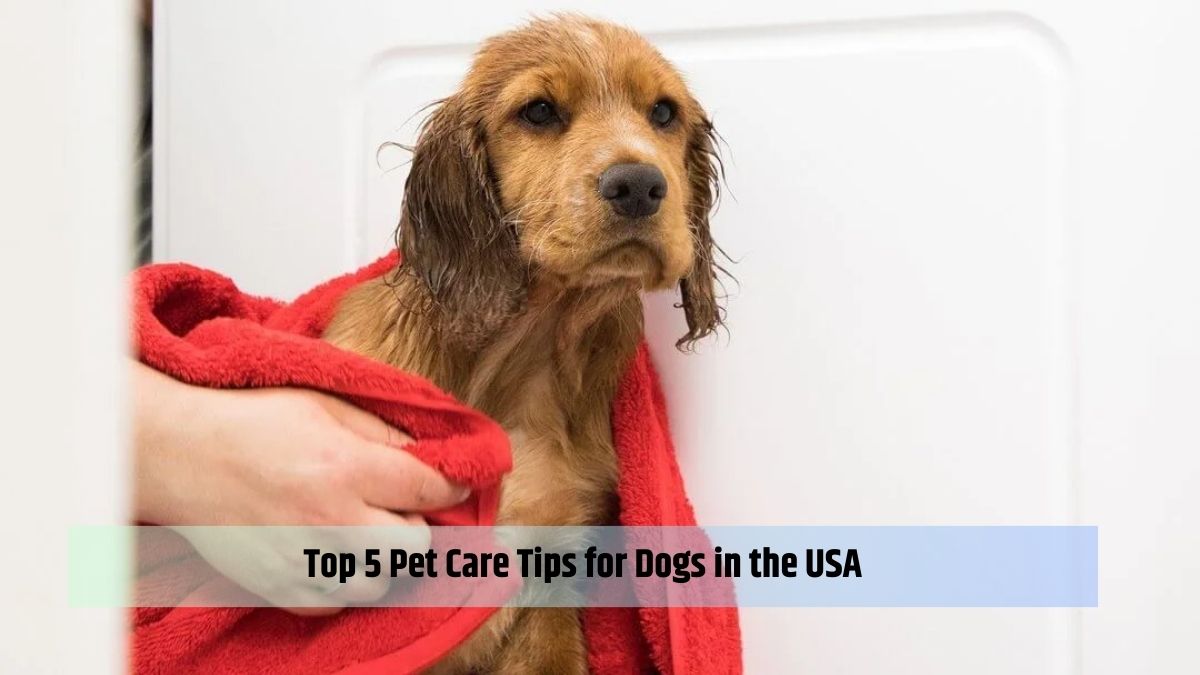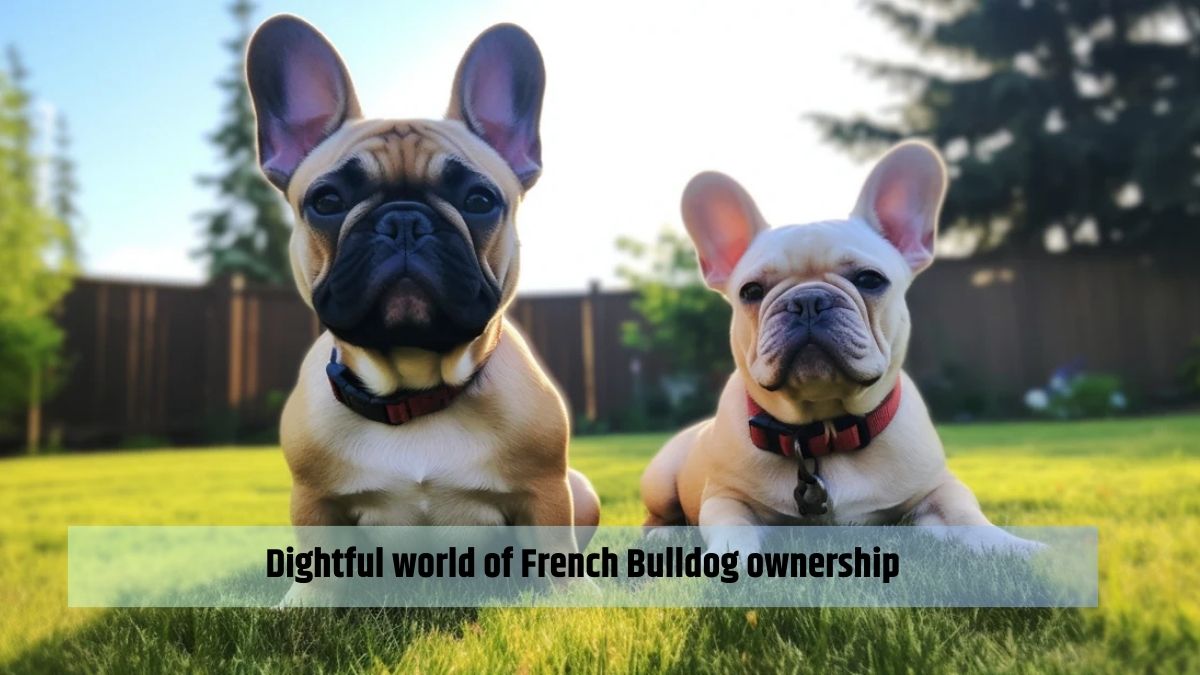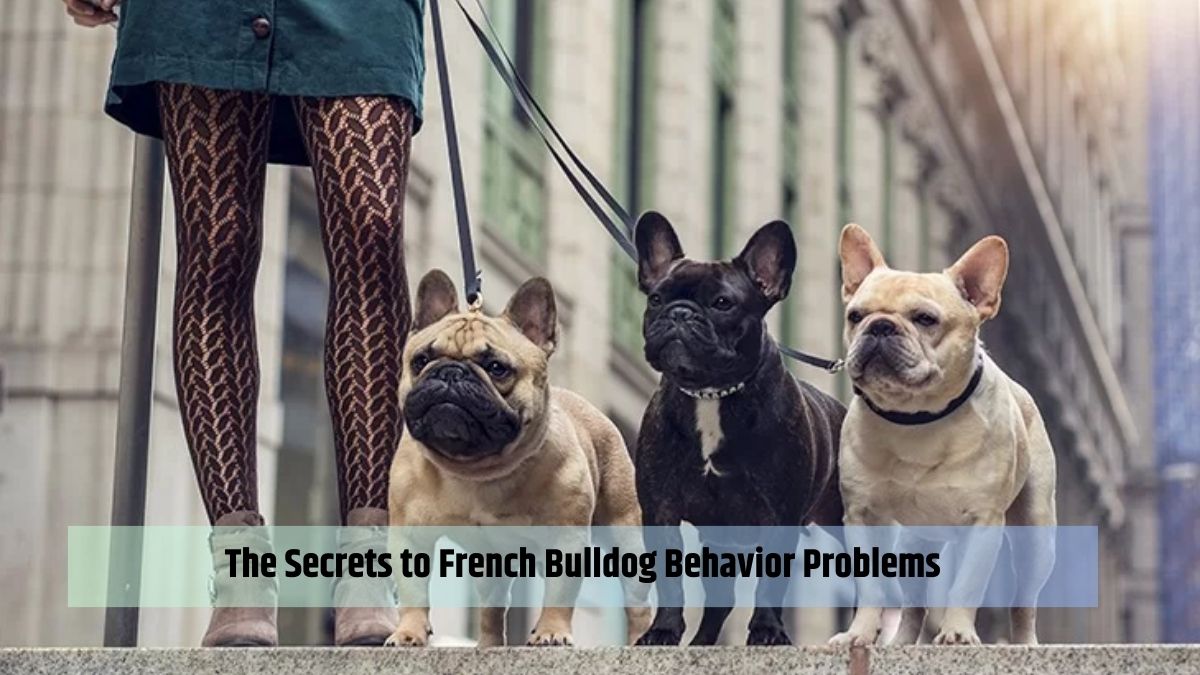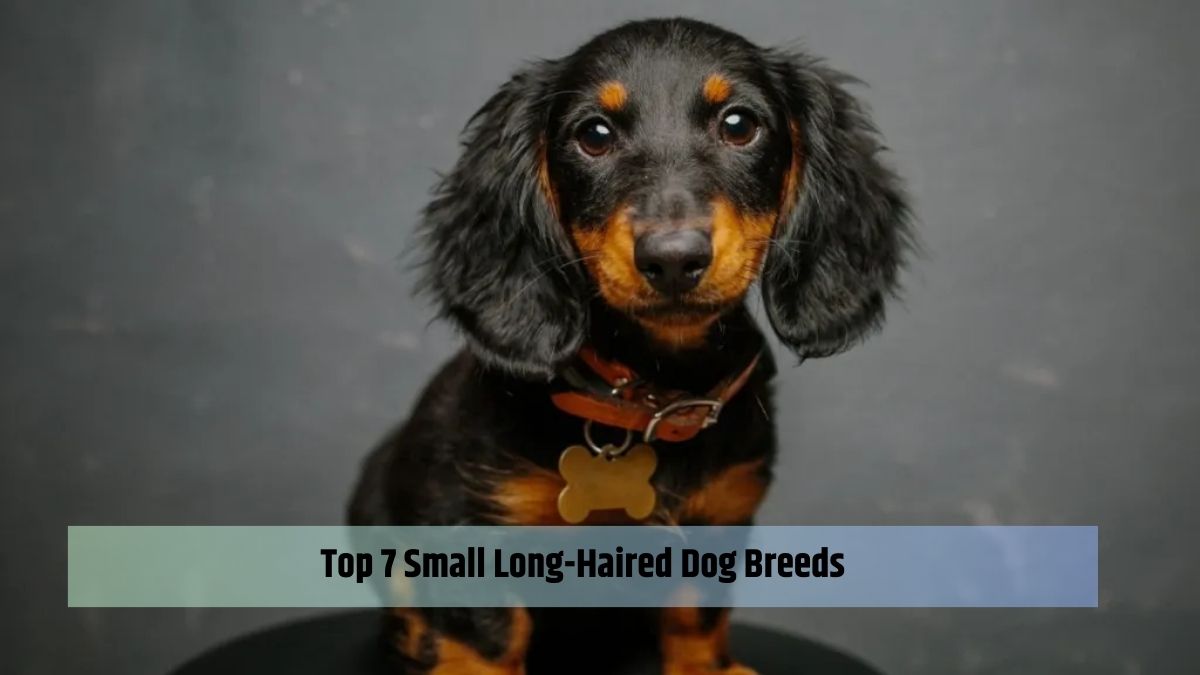The Griffon Nivernais stands out among dog breeds due to its loyal nature, strong hunting instincts, and rugged good looks. Knowing the traits and care needs of a Griffon Nivernais is crucial if you are thinking about bringing one into your home. This one-of-a-kind dog breed is described in detail here:
Breed Characteristics
1. Appearance
The Griffon Nivernais is a medium- to large-sized dog with a robust and muscular build. They have a distinctively rough or wire-haired coat that comes in various shades of grey, black, and tan. Their expressive eyes and bushy eyebrows give them a charming and endearing appearance.
2. Temperament
Griffon Nivernais are known for their intelligence, independence, and strong hunting instincts. They are energetic and lively dogs with a keen sense of smell and a natural inclination for tracking. While they can be aloof with strangers, they are loyal and affectionate with their family members.
3. Activity Level
Griffon Nivernais are active and energetic dogs that require regular exercise and mental stimulation to thrive. They enjoy outdoor activities such as hiking, jogging, and tracking, making them well-suited for active families or individuals with an adventurous lifestyle.
4. Trainability
Griffon Nivernais are intelligent dogs with a strong independent streak. They respond well to positive reinforcement training techniques but may exhibit stubbornness or willfulness at times. Consistent and patient training, along with firm leadership, is essential to harnessing their potential and ensuring good behaviour.
5. Grooming Needs
The Griffon Nivernais‘ rough or wire-haired coat requires regular grooming to prevent matting and tangling. Weekly brushing with a wire brush or grooming tool can help remove loose hair and debris and maintain the coat’s texture and appearance. Occasional baths may be necessary to keep them clean and odor-free.
Care Tips
1. Exercise
Provide regular opportunities for exercise and outdoor activities to keep your Griffon Nivernais physically and mentally stimulated. Aim for at least 60 minutes of moderate-to-vigorous exercise each day, including walks, hikes, and interactive play sessions.
2. Mental Stimulation
Keep your Griffon Nivernais engaged and mentally challenged with interactive toys, puzzle games, and training sessions. Incorporate scent work or tracking activities to satisfy their natural hunting instincts and keep their minds sharp.
3. Socialisation
Early and ongoing socialisation is crucial for Griffon Nivernais to ensure they are well-adjusted and comfortable in various environments and social situations. Expose them to different people, animals, and experiences from a young age to prevent fearfulness or aggression.
4. Veterinary Care
Schedule regular veterinary check-ups, vaccinations, and preventive care to maintain your Griffon Nivernais’ health and well-being. Stay up-to-date on parasite control, dental care, and nutrition to ensure they remain happy and healthy throughout their lives.
5. Nutrition
Provide a balanced and nutritious diet tailored to your Griffon Nivernais’ age, size, and activity level. Choose high-quality dog food formulated for medium to large breeds and avoid overfeeding to prevent obesity and related health issues.
6. Love and Attention
Above all, shower your Griffon Nivernais with love, attention, and companionship. They thrive on human interaction and bond closely with their family members. Spend quality time together, engage in activities they enjoy, and make them feel like valued members of the family.
Conclusion
Sharing water bowls is convenient, but it could lead to the spread of disease among dogs. Proper cleaning and hygiene practices, along with an awareness of the possible dangers, can help pet owners keep their dogs’ drinking water safe.
FAQs
Are shared water bowls safe for dogs?
While shared water bowls can be convenient, they may pose risks for spreading illnesses such as bacteria, viruses, or parasites if not properly cleaned and maintained.
What diseases can dogs contract from shared water bowls?
Dogs can potentially contract diseases such as giardiasis, leptospirosis, and kennel cough from shared water bowls contaminated with pathogens.
How often should shared water bowls be cleaned?
Shared water bowls should be cleaned and sanitized daily to minimize the risk of bacterial contamination. Use hot water and a pet-safe disinfectant to ensure thorough cleaning.
Can dogs build immunity to diseases from shared water bowls?
While dogs may develop some immunity to certain pathogens over time, it’s not guaranteed, and exposure to contaminated water can still pose health risks.
Are there alternatives to shared water bowls?
Yes, providing individual water bowls for each dog or using self-filling water dispensers can help minimize the risk of disease transmission and ensure each dog has access to clean, fresh water.
